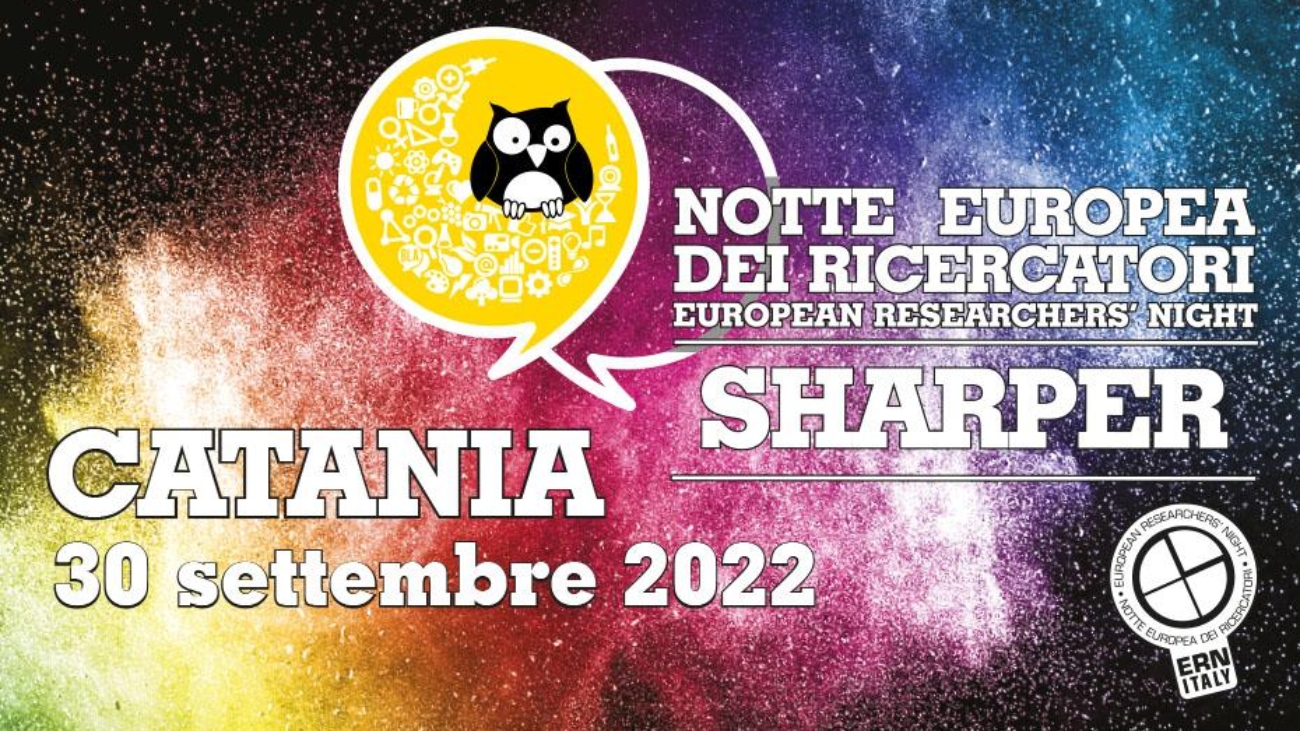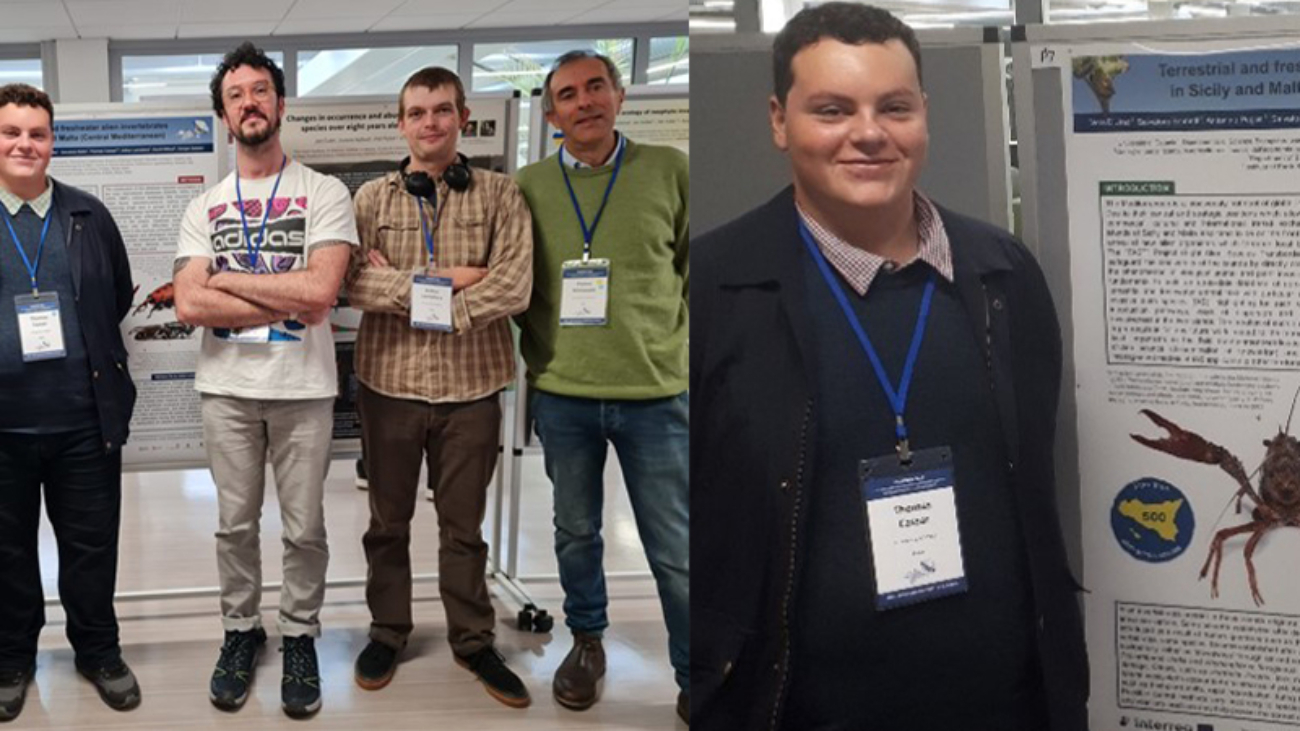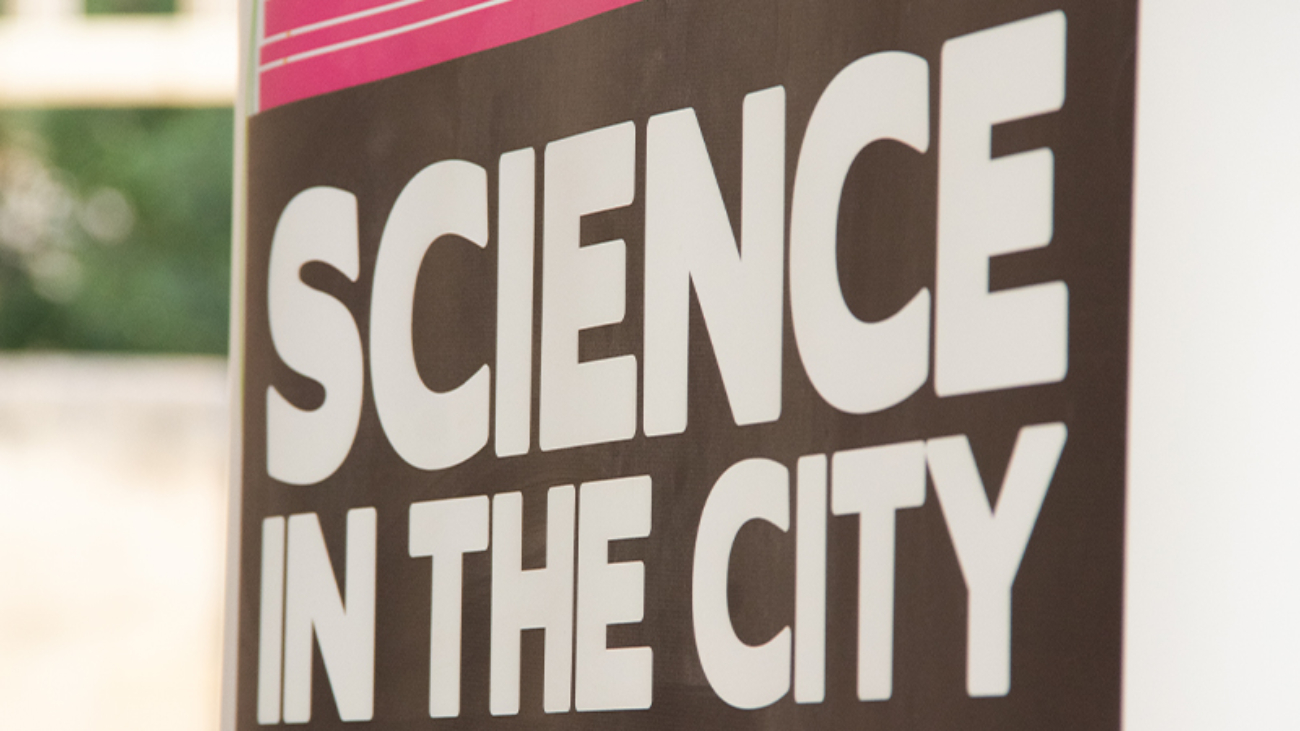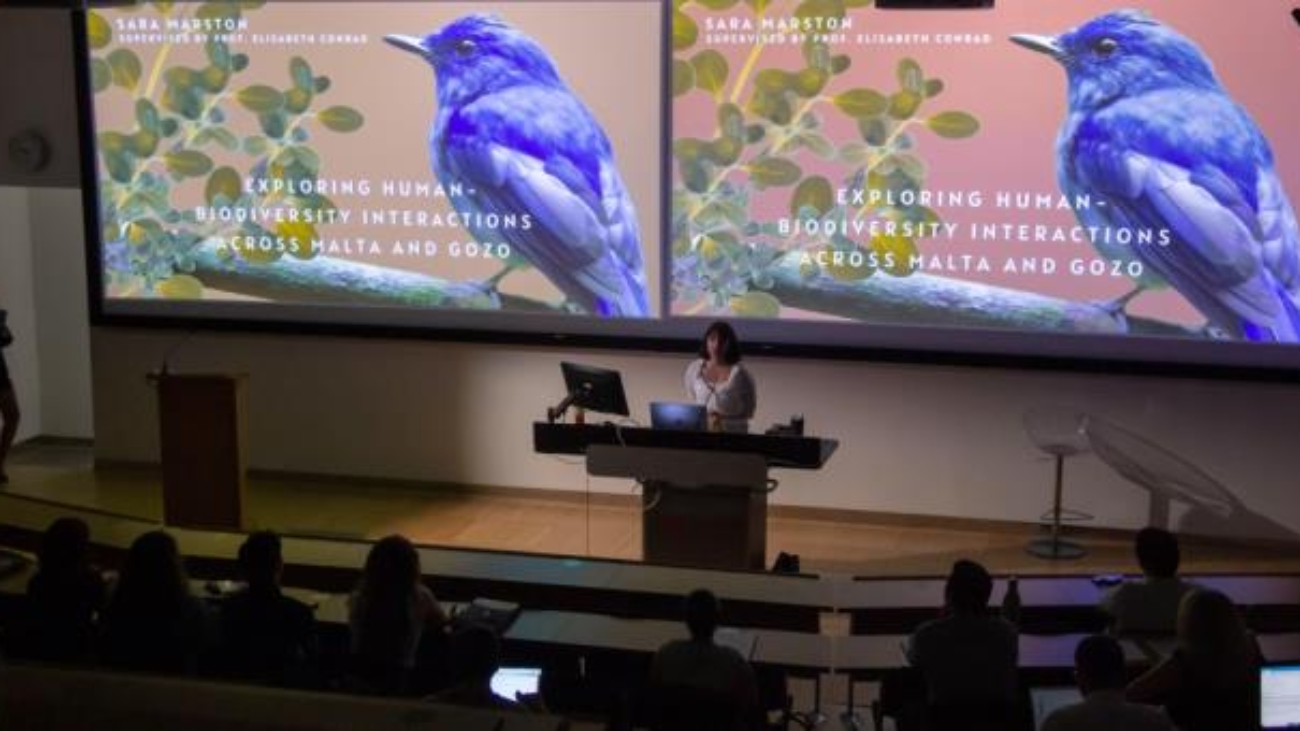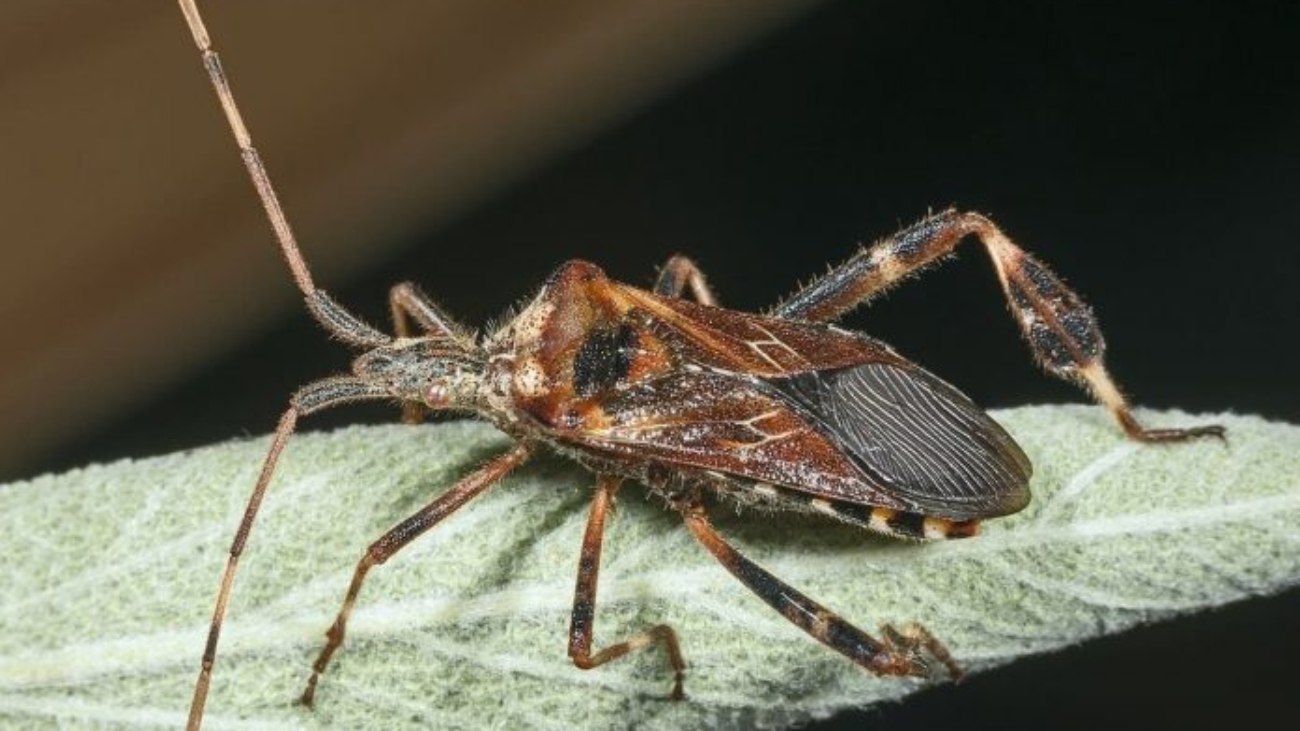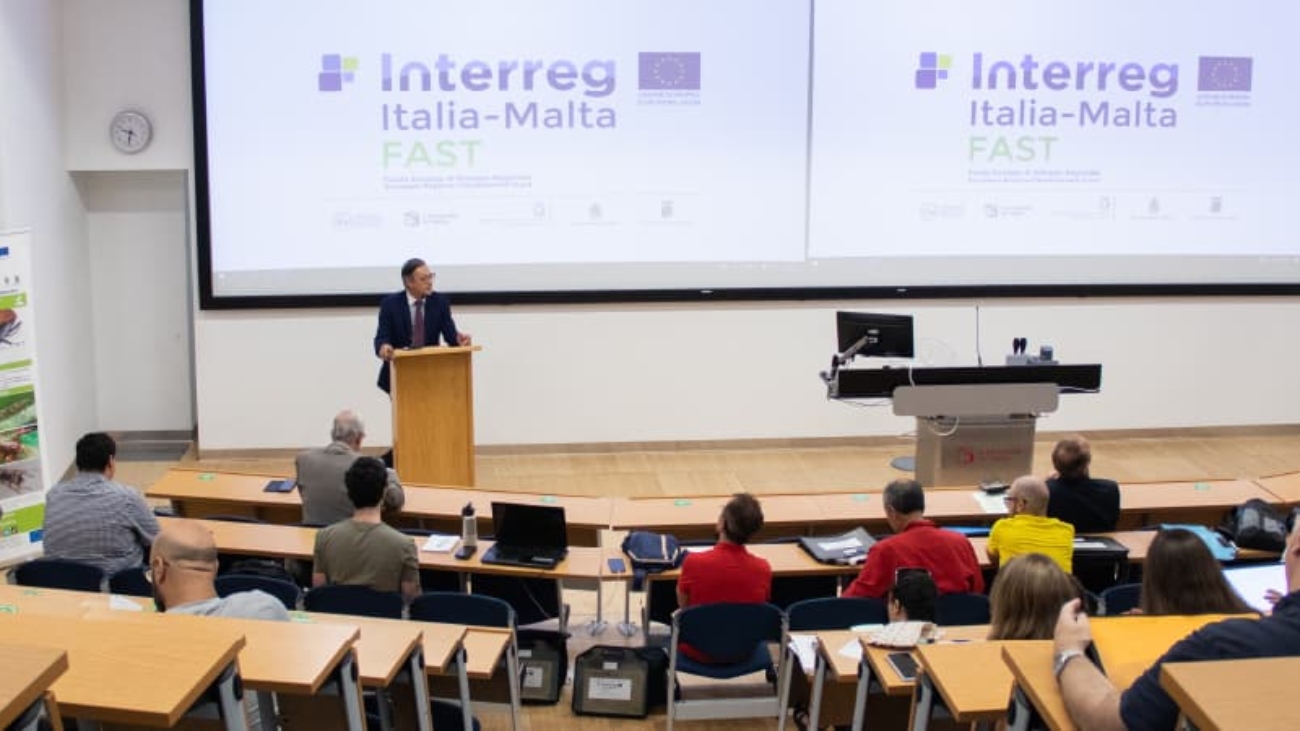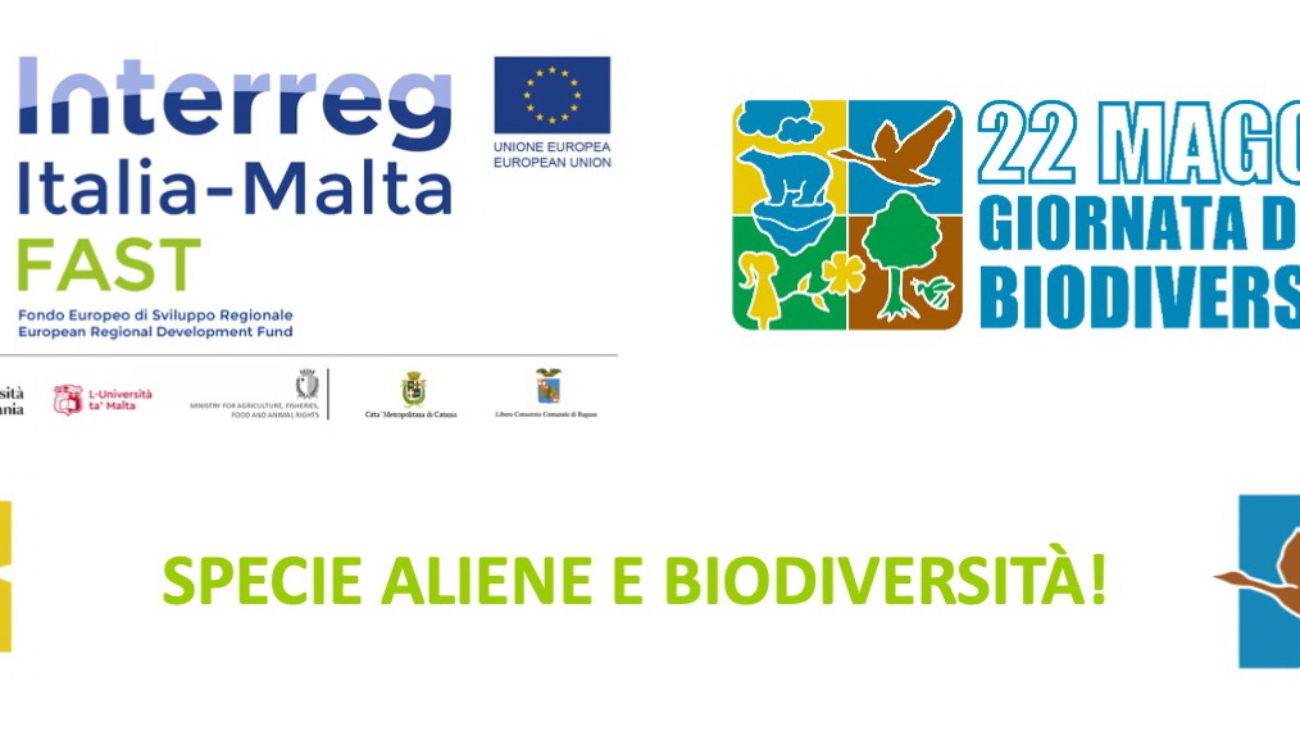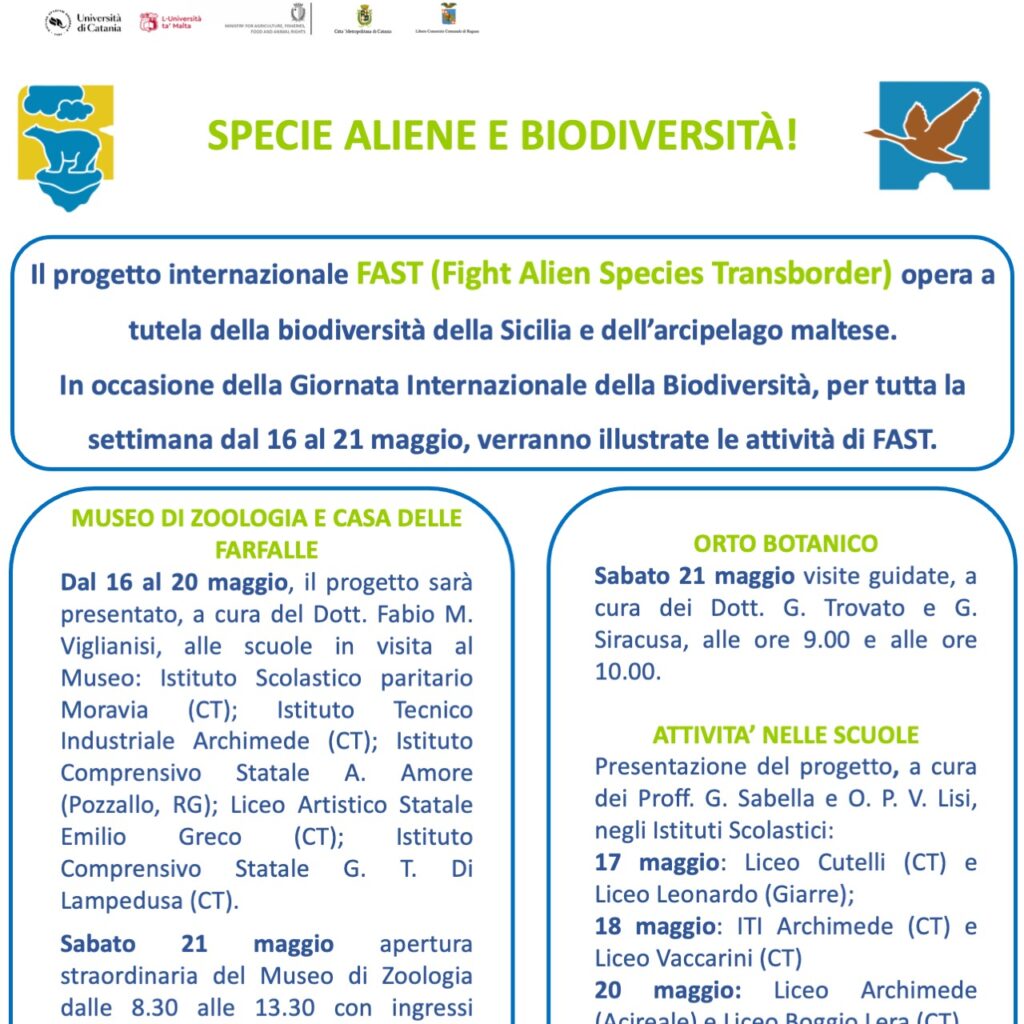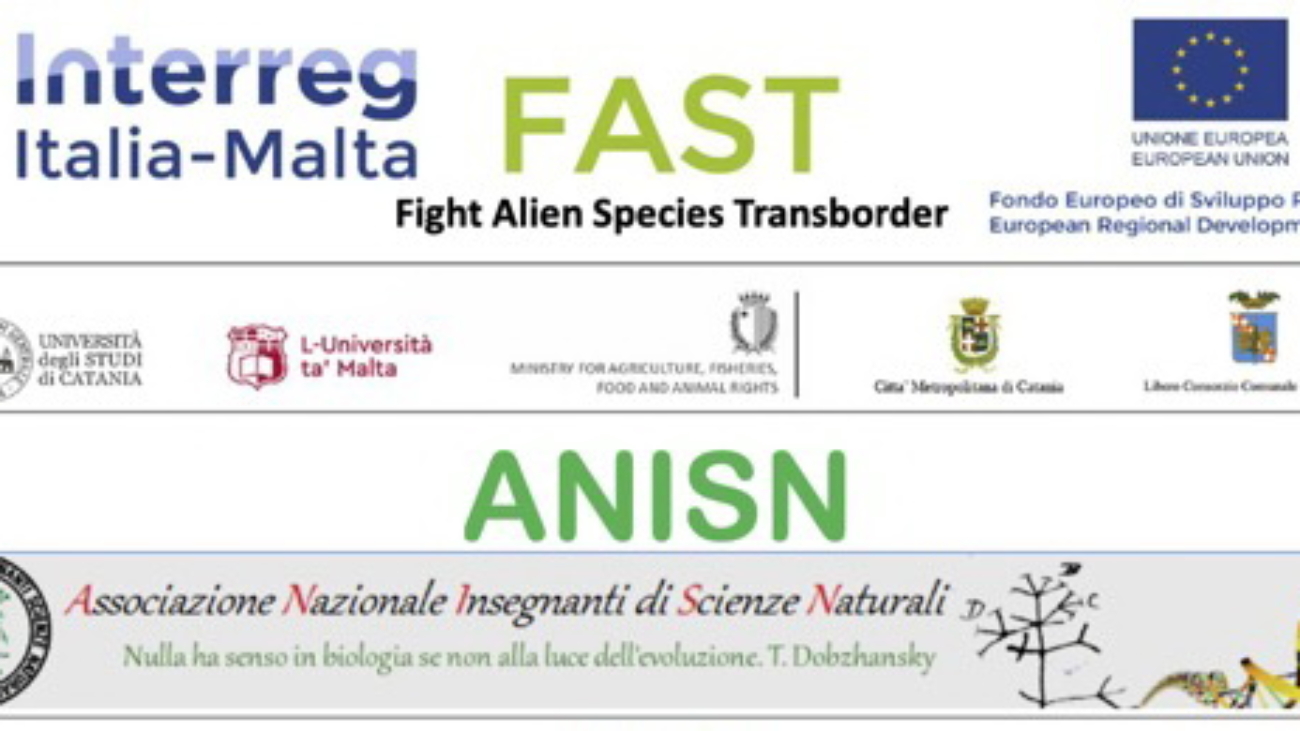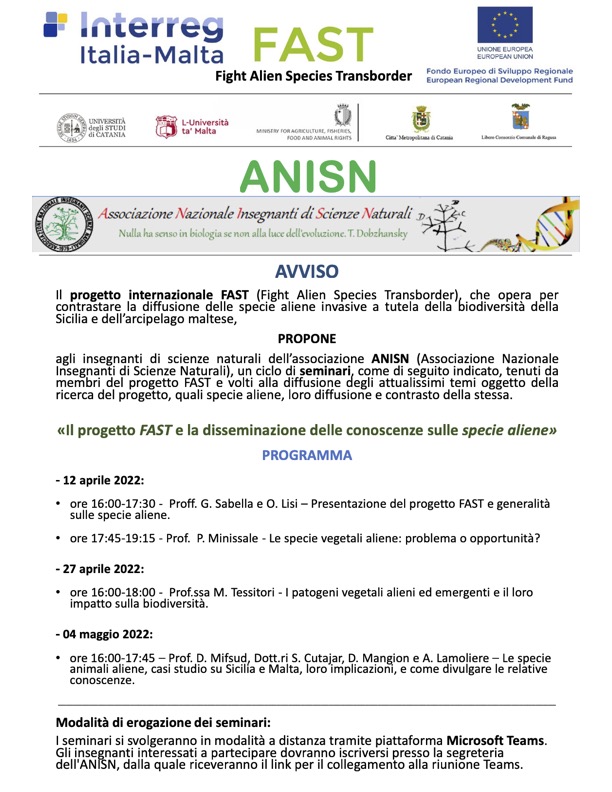Notte Europea dei Ricercatori dell’Università degli Studi di Catania
PROGETTO FAST: LE SPECIE “ALIENE” ALLA SHARPER NIGHT
Venerdì 30 settembre all’Orto Botanico dalle 10 alle 21 visite guidate e mini-talk per approfondire i temi legati alla tutela della biodiversità
CATANIA – Stand espositivi con piante “aliene” presenti nel nostro territorio, esemplari di animali da osservare al microscopio, e altro materiale zoologico e botanico. Il Progetto scientifico FAST (Fight Alien Species Transborder) prenderà parte a “Sharper Night” – La Notte Europea dei Ricercatori, grazie ad un’area interamente dedicata presso gli spazi dell’Orto Botanico (via Etnea 397). Sharper, com’è noto, ha l’obiettivo di raccontare la passione, le scoperte e le sfide dei ricercatori di tutta Europa attraverso mostre, spettacoli, concerti, giochi, conferenze e centinaia di altre iniziative rivolte al grande pubblico.
FAST, il progetto portato avanti dalle Università di Catania (capofila) e di Malta – finanziato dal programma Interreg Italia-Malta 2014-2020 call 2/2019, Asse prioritario III – che si propone di contrastare l’introduzione, la naturalizzazione e la diffusione delle specie aliene invasive (IAS), che arrecano danno agli ambienti naturali e seminaturali della Sicilia e dell’arcipelago maltese, parteciperà al festival catanese con l’obiettivo di sensibilizzare non solo studenti, ma anche tantissimi curiosi e appassionati. Attraverso l’interazione e la divulgazione degli obiettivi del progetto, infatti, sarà possibile informare e sensibilizzare la città sulle criticità legate alla diffusione delle specie aliene e sulle “buone pratiche” da adottare per carcare di contenere la loro diffusione.
«Le IAS sono specie che per opera diretta o indiretta dell’uomo si vengono a ritrovare in territori in cui non erano naturalmente presenti – ha spiegato il prof. Giorgio Sabella, responsabile del Progetto – e riescono a insediarsi danneggiando fortemente gli ecosistemi autoctoni: basti pensare che attualmente nel mondo le IAS sono fra le principali cause di perdita di biodiversità, ma anche fonte di danni economici e sanitari».
All’Orto Botanico (ingresso libero) il programma prevede dalle 10 alle 12 e dalle 17 alle 19 visite guidate con gli esperti, poi dalle 16 alle 20 Minitalk, brevi conferenze scientifiche aperte a tutti: «Le Sharper Night – ha commentato il prof. Oscar Lisi, responsabile comunicazione del Progetto – sono per noi di FAST una importante occasione che si inquadra in tutte le attività di comunicazione/sensibilizzazione che svolgiamo sulla conoscenza del fenomeno delle IAS, proprio perché solo attraverso l’informazione e la consapevolezza da parte del vasto pubblico, e non solo degli operatori del settore, si può ottenere una lotta efficace, meno onerosa e con risultati stabili nel tempo».
Il progetto FAST vuole contribuire ad arrestare la perdita di biodiversità mantenendo e ripristinando gli ecosistemi e le aree protette. In piena coerenza con la strategia europea per la tutela della biodiversità 2020 e 2030, il progetto si propone di contrastare l’introduzione, la naturalizzazione e la diffusione delle specie aliene invasive (IAS) che arrecano danno agli ambienti naturali e seminaturali della Sicilia e dell’arcipelago maltese tramite: 1) il loro riconoscimento e la loro classificazione in scale di priorità; 2) il loro contenimento e/o eradicazione all’interno di alcuni sti delle Rete Natura 2000; 3) l’individuazione e la gestione dei pathways e dei veicoli di introduzione e diffusione; 4) l’elaborazione di linee guida e adozione di buone pratiche, basandosi anche su 5) l’educazione e la comunicazione ambientale.


